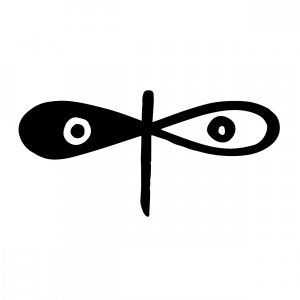
Nanni Cagnone
Author's books
Cinema & Experience
Le teorie di Kracauer, Benjamin e Adorno
Miriam Bratu Hansen
pages: 416 pages
Cinema studies have undergone such proliferation since the 1990s as to become an authentic academic discipline. Their object of investigation now appears, however, to be gradually dissolving into a flux of ever-changing, global and globalizing culture of the image, audiovisual, electronic, digital and web.
Miriam Bratu Hansen goes back to the prin
Alfred Jarry
Una vita patafisica
Alastair Brotchie
pages: 448 pages
On his death at the age of just 34, Alfred Jarry (Laval, 1873 – Paris, 1907) was already a legend in the Parisian salons, albeit more for his irreverent anti-conventionalism than his literary genius. It was not until decades later that he was recognized as one of the fathers of the avant-garde and Ubu Re became the emblem of radically modern the

